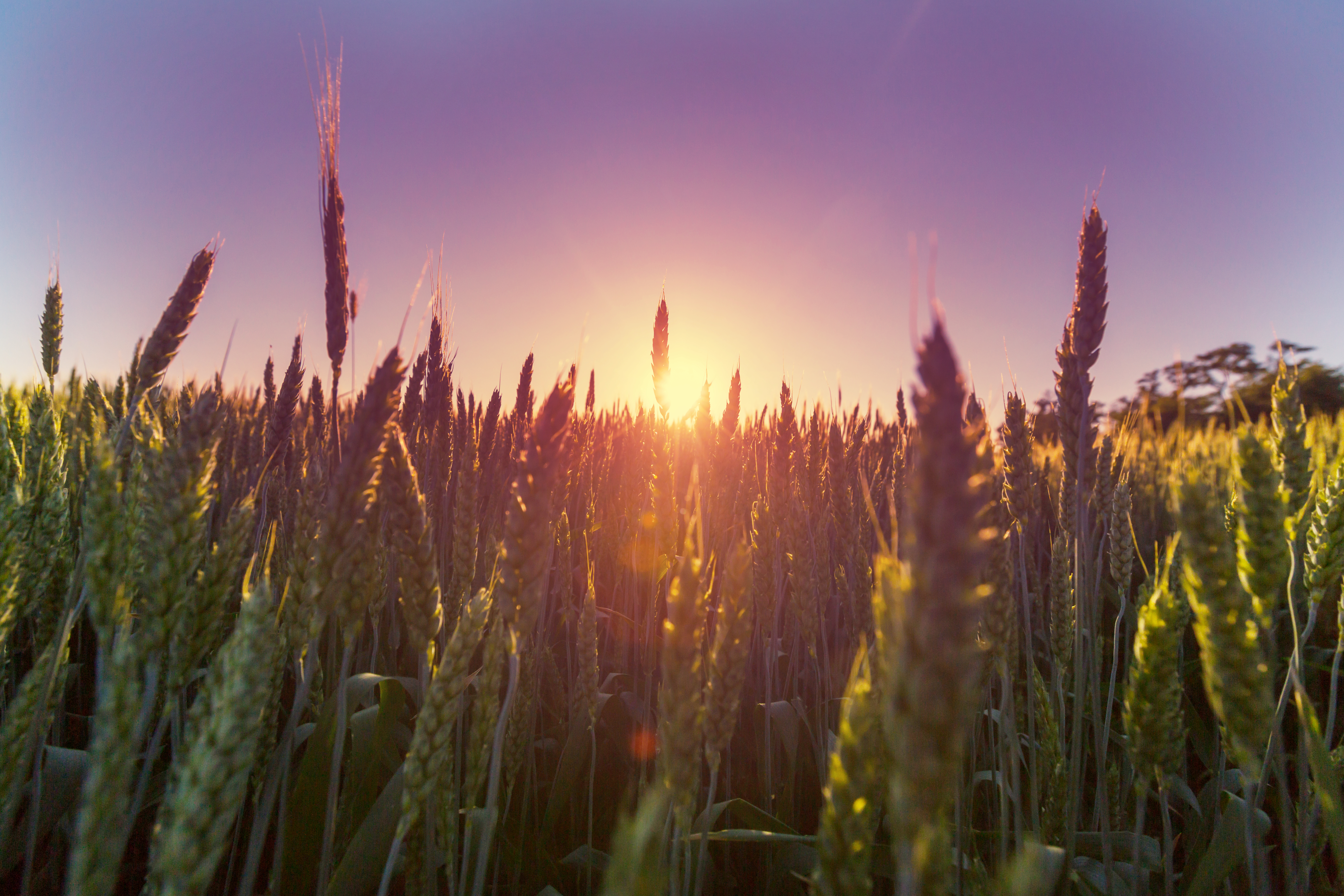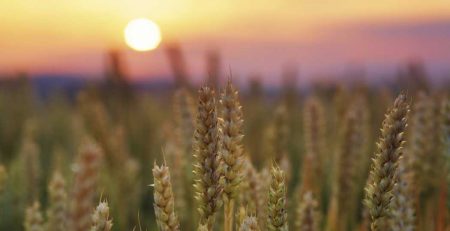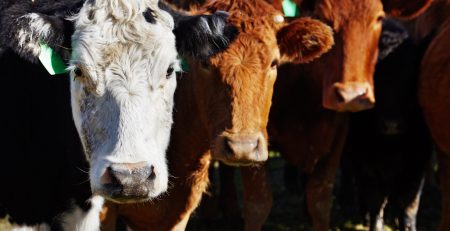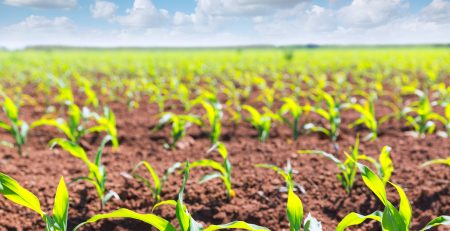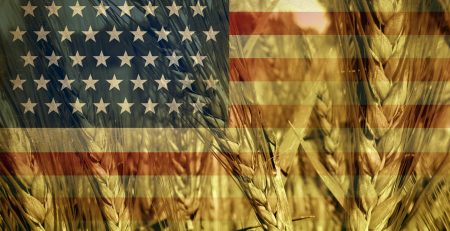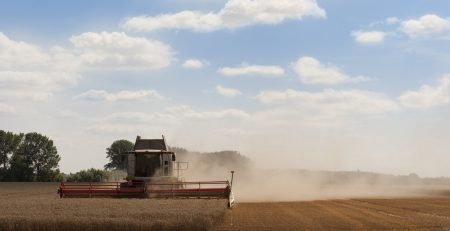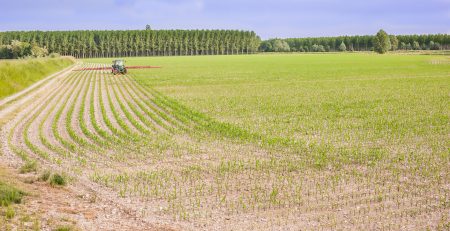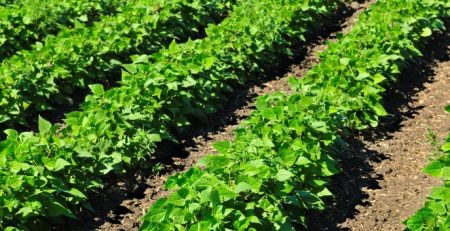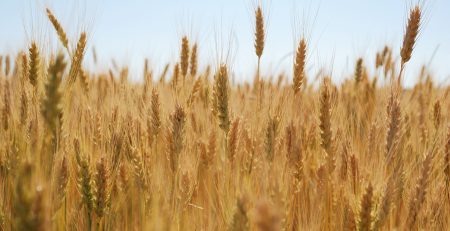Pro Farmer: Corn and Soybean Yields Lower than USDA Estimates
While it’s difficult to predict the future, Pro Farmer uses information gathered in its annual Crop Tour as well as other data the team collects to estimate total production each year. This year has presented farmers across the Midwest with a myriad of challenges, which are accounted for in the group’s national corn and soybean yield estimates.
Corn: 177.5 bu. per acre, 14.820 billion bu. production. Pro Farmer says production and yield could go plus or minus 1%, which equals 14.968 billion bu. to 14.672 billion bu. and 179.3 bu. to 175.7 bu. per acre yield.
Soybeans: 52.5 bu. per acre, 4.362 billion bu. production. Soybean margin of error is plus or minus 2%, which equals 4.449 billion bu. to 4.275 billion bu. of production and 53.6 to 51.5 bu. per acre yield.
USDA’s August 12 report pegged corn production at a record 15.3 billion bu. and yield at 181.8 bu. per acre. Soybeans were estimated to hit 4.42 billion bu. with a record high yield at 53.3 bu. per acre. Pro Farmer’s estimate for corn yield is 2.37% lower than USDA, and production is 3.14% lower than USDA production. The Pro Farmer soybean yield is 1.5% lower than USDA, with 1.31% lower total production estimates.
Breakdown by state.
Pro Farmer uses data gathered in the Crop Tour, crop maturity, acreage adjustments they’ve made, historical differences in the tour’s findings versus USDA final yields and areas outside of the sampled areas on the tour to gather their estimates. State number estimates below differ from Crop Tour numbers.
The estimates for national corn and soybean yields would be records still—just not as big as USDA estimated. In addition, the group cut 525,000 acres from harvested corn acres (300,000 from Iowa alone), putting total harvested acres at 83.498 million.
- Iowa: corn 180 bu. per acre, soybeans 55 bu. per acre. Western Iowa yields are diminishing because of drought. In addition, wind did destroy some of the crops across a wide swath of the state. While some will be harvested, further yield loss is likely. Soybeans are in desperate need of a rain; current soil moisture is down 46%.
- Illinois: corn 205 bu. per acre, soybeans 62 bu. per acre. Pods are consistent on soybeans, but the state needs rain to finish strong. Corn isn’t the bin-buster some expected. Ear counts were below average, but grain length could be a savior if weather helps. Corn has more to lose than to gain at this point.
- Nebraska: 188 bu. per acre corn, 59 bu. per acre soybeans. Irrigated yields were decent but not shockingly high numbers. Dryland likely won’t drag down the average and another rain would be beneficial for corn. Soybean fields are clean, but need a rain to get across the finish line without aborting pods—risk is to the downside.
- Minnesota: 199 bu. per acre corn, 51 bu. per acre soybeans. Corn showed big, heavy ears with higher ear counts, grain length and kernel rows around than average. Soybean pod count was there for a record soybean yield. Soybeans need another rain to finish.
- Indiana: corn 186 bu. per acre, soybeans 61 bu. per acre. Corn was variable, but August rains could help along with mild weather. About one-third of the corn crop still needs time to develop. Soybeans are consistent, well podded but dry. Another rain will help fill flat pods.
- Ohio: corn 176 bu. per acre, soybeans 57 bu. per acre. Corn is too variable, because of dry areas, to beat the state’s 1028 record of 187 bu. per acre. Late-season rain could be the deciding factor on which way corn yields go. Soybeans also need a rain to ensure the crop beats its 2018 record of 56 bu. per acre.
- South Dakota: 164 bu. per acre corn, 51 bu. per acre soybean. This year marks the best corn crop Pro Farmer has seen in the state. Another rain would clinch the deal. Soybeans are uniform, and if the state gets another rain the crop could be a monster.
